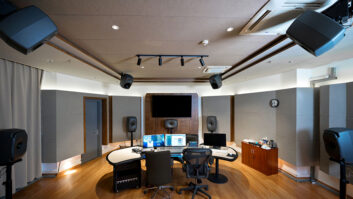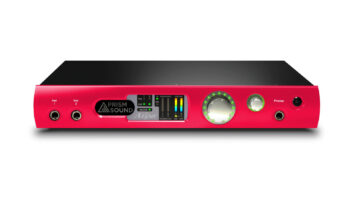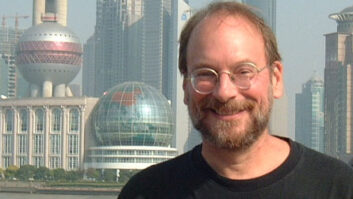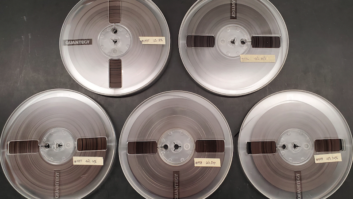During my brief 51 years on this planet (including 23 years with Mix), I’ve traveled to dozens of countries on six continents and thought I’d seen it all, but my first trip to China was filled with surprises. Just a week before AES, I spent a week in China visiting the new Alto Audio/Sekaku Electron factory facilities in Guandong Province and the Prolight + Sound/Music China tradeshow in Shanghai.
After a mere 13-and-a-half-hour (four-movie) plane ride, I was in Hong Kong. I cleared customs, passed through thermal imaging scanners that screened for elevated body temperature symptoms for the SARS virus (still a problem in China) and transferred to a mini-bus for the trip to the interior city of Donguan City, home of the Alto factory.
Alto Audio is truly an international effort, a partnership of noted Italian designer Gian Pietro Staffa and Taiwan-based electronics giant Sekaku. The “Alto Days” event was not simply to show new products (such as the innovative “Orient Express” portable P.A. system debuting at next month’s NAMM show), but presented product concepts and sought feedback from its distributors for gear that will appeal to different markets. I’ve been to similar events elsewhere, but there’s a certain irony when you’re in China and hear an Italian man speaking to a supplier from Liechtenstein — in English! The world gets smaller every day.
Alto also showed off its new 100,000-square-foot factory, which handles everything — metalwork, plastic molding, painting, assembly, packaging, printing and QC/testing. Besides Sekaku and Alto, the factory was also doing OEM work for Furman, Ashdown, Tapco, LEM, Show, Samson, Radio Shack and others. There are some nasty factory environments in China, but Sekaku is not one of them. In fact, its employees seemed well-treated and can “work up through the ranks” to supervisory positions.
Like many Chinese factories, the Sekaku plant provides free dormitory living for about 80 percent of its workers. On the outside, this may seem like a “company store” arrangement, but it actually allows a manufacturer to attract workers from distant areas, who can relocate to a new job without having to suddenly pony up the first/last month’s rent for an apartment.
Moving on to Shanghai, the three-year-old Music China/Pro Light + Sound show (put on by the folks at Musikmesse) filled three halls with hundreds of exhibitors showing about everything you’d see at NAMM, alongside acres of traditional Chinese instruments. However, even with plenty of high-tech on display, there was another surprise: Not a single software vendor was to be found.
Despite the Chinese government’s efforts to reverse the trend, piracy remains a major issue. It’s sort of a wink-wink, nudge-nudge arrangement: Nearly every city in China has a “copy center” — a busy marketplace where you can buy fakes: Rolex watches, Gucci handbags and recent DVDs or Windows XP for a buck or two. The sad part was that the copy centers’ main appeal seems to be foreign visitors, whose countries are hurt most by this illegal commerce. With plenty of willing buyers, both sides are equally guilty, but the Chinese could certainly step up their efforts into halting this trade. Respecting intellectual property laws would be a major step toward moving China ahead in the world community.







